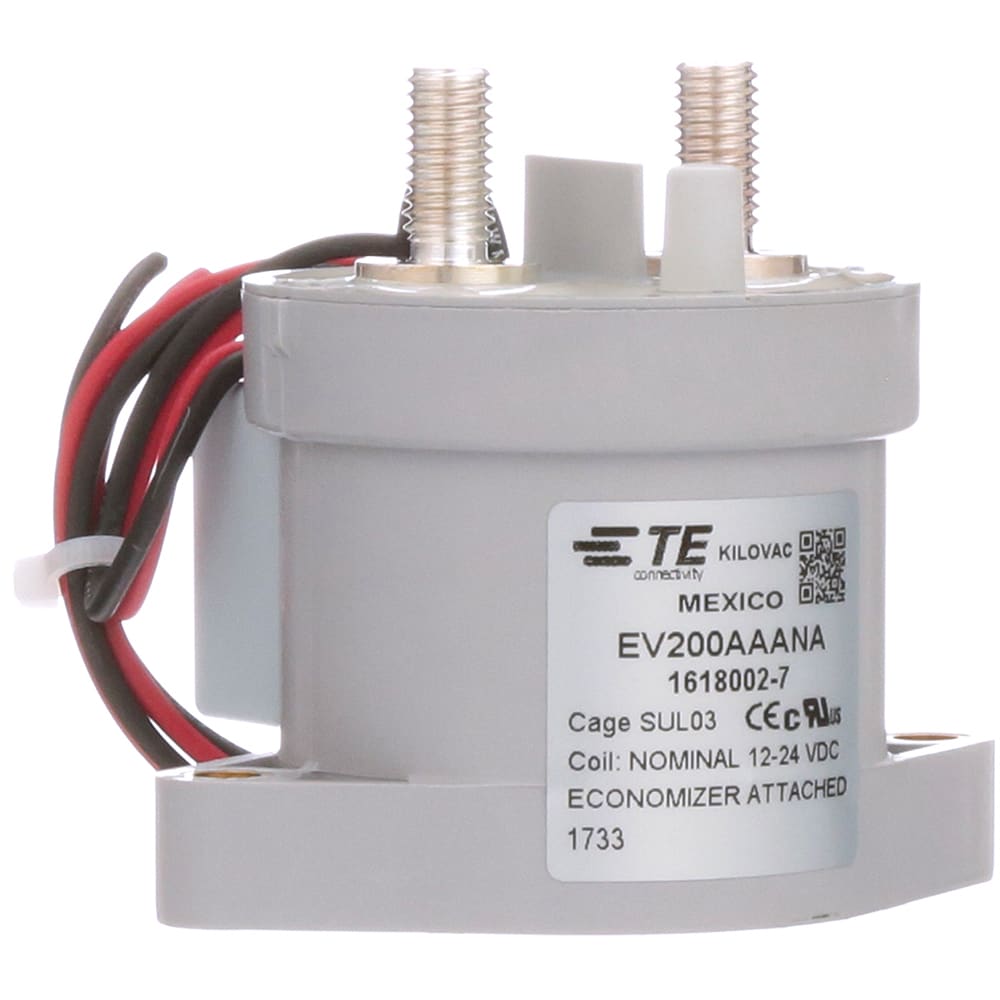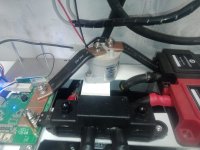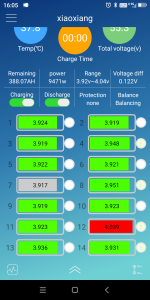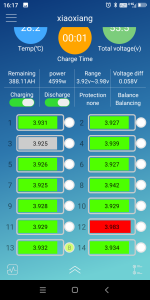Specs from a randomly chosen seller page for these (safer to check the manufacturer site if you can find it). copy/pasted below, show that they are intended for 0.2C charge rate, which is 0.2 x 190Ah = 38A, for a 1P pack (regardless of number in series, just one in parallel). Same or very similar specs on the few I checked of the many that come up.
They have a max rate of 1C, or 190A; those kinds of specs usually mean for short bursts (like if using them for regen braking, etc) a few seconds at a time. You'd need the manufacturer spec sheet to be sure but it is safer to assume that than to assume it's a constant ability.

Multiply that 38A by however many parallel cells you have to get the charge current you could use per pack.
If you have two independent 1P packs (each with their own charger / BMS) then each one can be charged at 38A.
If you have a single 2P pack with a single charger and BMS, then it can be cahrged at 2x 38A = 76A.
They have the same discharge ratings, so 38A is the normal current you can draw from them, for 1P, or 76A for 2P.
Copy/pasted specs:
Note: The Lifepo4 CATL 3.7V 190Ah battery are original brand new cell with clear QR code. For easy assemble, we will weld M6 studs on the cell. Each battery will send 1 pcs copper busbar and 2 pcs nuts. The price to European countries are include custom clearance and tax.
Battery Specification
Model: ND-3.7V 190Ah
Nominal voltage: 3.7V
Standard capacity: 190Ah
Size: 148*80*106mm (Not included the studs)
Weight: About 2.8Kg
Charge voltage: 4.3V
Discharge cut-off voltage: 2.8V
AC internal resistance: ≤0.5m Ω
Standard charge current: 0.2C
Max. charge current: 1C
Standard discharge current: 0.2C
Max Continuous discharge current: 1C
Operating Temperature
Charge: 0℃~50℃
Discharge: -20℃~55℃






